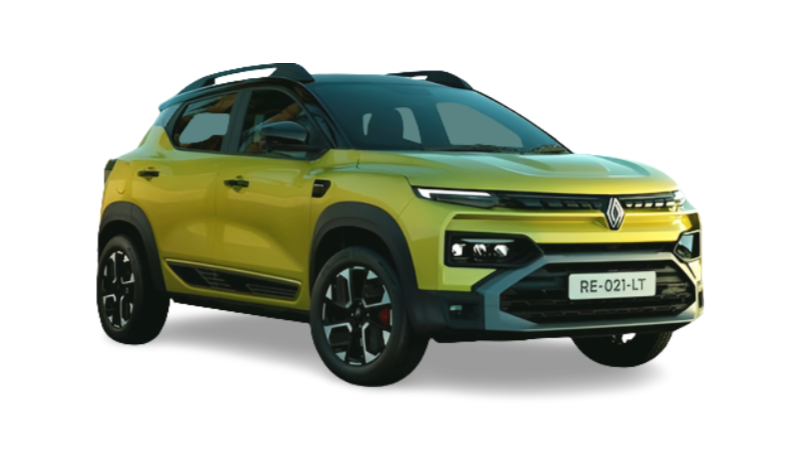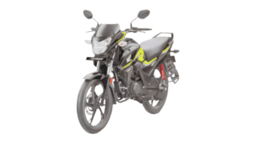Tyre tech evolution explained: From pneumatic to self-healing tyres and the future
From wooden wheels wrapped in leather to smart tyres made from sustainable and high-performance compounds, tyre technology has come a long way.
Conversations around a vehicle’s performance, top speed, and mileage would hold no significant value if tyres were not as effective as they are in translating spec-sheet numbers to something that can be experienced. Tyres are among the most crucial aspects of any car or bike and are held among the most important innovations of humankind. Since its inception, tyres have singlehandedly changed the pace at which the world moves. From wooden wheels wrapped in leather to intelligent tyres made from sustainable and high-performance compounds, tyre technology has come a long way, with no intention of hitting the brakes.

 Check Offers
Check Offers Goodyear, Dunlop, and pneumatic tyres:
If one were to trace the history of tyres back to one single point in time, it would be the mid-19th century, when Charles Goodyear invented vulcanised rubber in 1839. The process treated rubber with sulpur to make it more durable and elastic, thereby enabling its use on tyres, among other aspects. This progressed further when John Boyd Dunlop invented the first practical pneumatic tyre in 1888 by incorporating an air-filled rubber tube. These were able to absorb shocks, significantly improving ride comfort, and as such, would become the standard in automobiles of the 1900s.
Check similar cars
Find more cars

Tata Nexon
₹ 7.32 - 14.05 Lakhs

Offers Expiring soon

Renault Kiger
₹ 5.76 - 10.34 Lakhs

Offers Expiring soon

Royal Enfield Classic 350
₹ 1.81 - 2.16 Lakhs

Offers Expiring soon

Tata Punch
₹ 5.5 - 9.24 Lakhs

Offers Expiring soon

Mahindra Scorpio N
₹ 13.2 - 24.17 Lakhs

Offers Expiring soon

Honda SP 125
₹ 85,564 - 94,069

Offers Expiring soon
The first tubeless tyres:
Tyres would go on to incorporate reinforced fabric designs and tread patterns for enhanced durability and grip. In the late 1940s, Goodyear would go on to develop the first tubeless tyres by combining the inner casing and tube into one airtight unit. By the 50s, these would become standard on most new cars in the market. Around the same time, manufacturers would come up with radial ply tyres, which employed steel belts positioned perpendicular to the direction of travel, thus increasing durability, flexibility, and fuel economy. With their superior performance on all ends, these did not waste time to become the industry standard for automobiles.
Towards the 1990s, engineers started developing high-performance tyres catering to specific driving conditions and types of cars. These included the likes of steel-belted tyres, run-flat tyres, as well as silica-based compounds, which influenced wet grip, durability, and fuel economy. With a rise in the EV secor, manufacturers started introducing tyres with less rolling resistance which minimise the energy lost in friction. As our awareness of climate change and global warming continued to rise, tyre manufacturers stepped up with eco-friendly manufacturing with sustainable methods, such as using recycled or bio-based materials.
(Also read: Aston Martin to adopt Pirelli cyber tyre tech – What it does)
Tyre tech evolution: Airless tyres and advanced compounds

The latest advancements cover a broad range of tyre designs and concepts, of which airless tyres are one of the more recent topics. Also known as non-pneumatic tyres, these do not rely on air pressure, and as such, do not run the risk of punctures. While these provide a higher rolling resistance over standard pneumatic tyres and poorer levels of comfort, airless tyres do find uses in the likes of golf carts and bicycles, as well as heavy equipment such as forklifts and construction machinery.
Tyre manufacturers have additionally been experimenting with different forms of compounds and materials to improve performance. Out of such experiments, graphene has emerged with much potential to boost durability and efficiency levels. Tyres enhanced with graphene last longer, offer better traction, and less rolling resistance when compared to tyres made from regular compounds.
Self-healing rubber technology has come a long way as well and carries the potential to cut down on a vast chunk of rubber waste by automatically repairing minor cuts and punctures. Self-healing tyres are made from special compounds that react to heat and pressure generated from rolling and seal the punctures without the need for an individual to step in.
(Also read: Indian tyre industry revenue to hit ₹13 lakh crore by 2047 – ATMA–PwC report)
Are smart tyres the future?
The latest evolution, however, comes from those who are pushing tyres beyond what they were realistically intended to do. Smart tyres are currently the name of the game, incorporating sensors that monitor air pressure, temperature and degradation to provide real-time feedback to drivers. Think of these as the next stage of TPMS, but if they could also help auto-adjust electronic systems such as ABS, ESP, and traction control.
Smart tyres are also being integrated into the car’s Internet of Things (IoT) systems, enabling communication between not just the vehicle systems but also city infrastructure. Such tyres hold the potential to provide data on road conditions and auto-optimise route planning, paving the way for fully autonomous driving.




